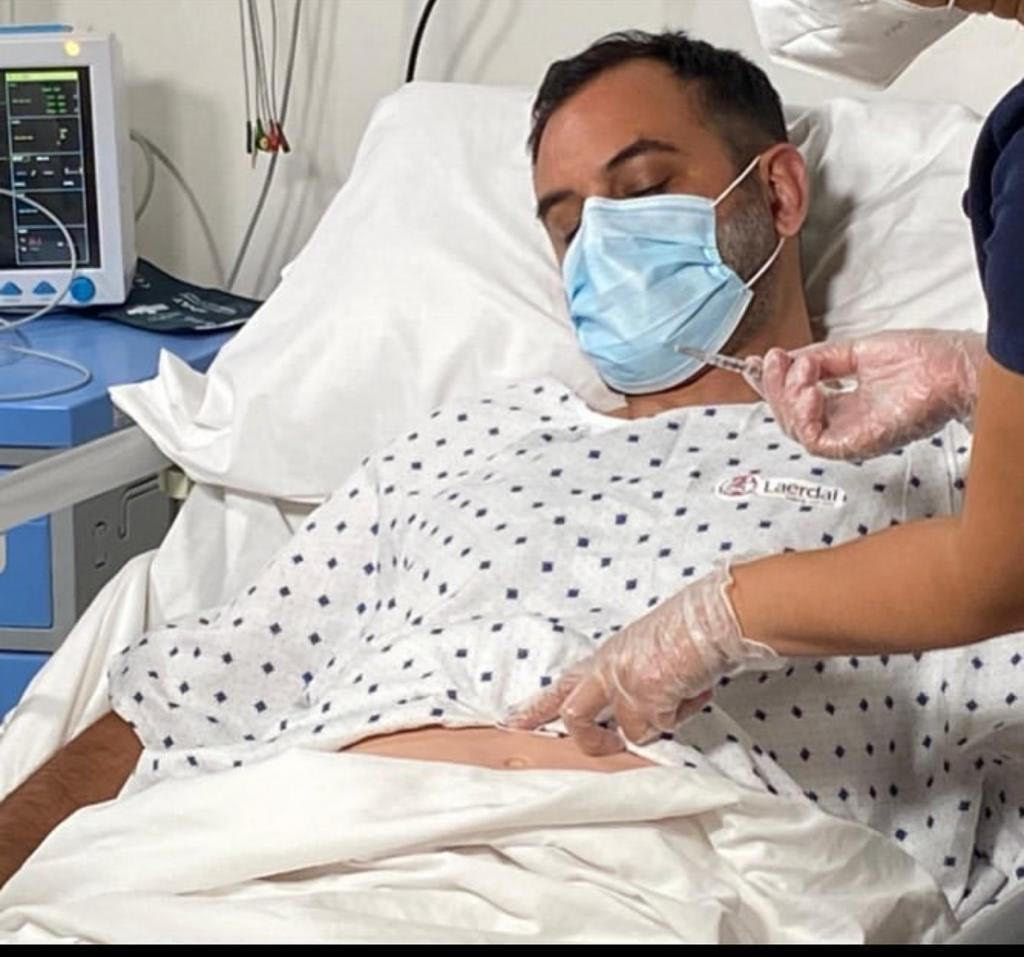This article explores the differences between simulated, standardized and trained patients in the context of clinical simulation. It highlights the importance of using professional actors in simulations to ensure quality, realism and ethics, underlining how these techniques contribute to the humanized training of future healthcare professionals.
To begin this article, we will start by defining the terms “simulated patient,” “standardized patient” and “trained patient” according to the Agency for Healthcare Research and Quality‘s Dictionary of Healthcare Simulation.
- Simulated Patient: Note: This term is often synonymous with “standardized patient”. It corresponds to a person who has been carefully trained to simulate a real patient so accurately that the simulation cannot be detected by an expert clinician (Borrow, 1987).
- Trained Patient: This concept arises with the purpose of having a generic name for the different people who have received training to contribute as patients to the training of health professionals and includes simulated and standardized patients (Phillipa Moore, 2016).
- Standardized Patient: For this definition, and as mentioned above, it is defined in the same way as a simulated patient, with the specific difference that this patient must be able to standardize and repeat its interpretation as many times as necessary. Example: an ECOE/OSCE.
But what is most relevant is that no definition mentions the simulated patient as an actor or performing arts professional trained to interpret a physical or mental pathology, nor does it mention his teaching role in the feedback given in the debriefing.
Within the applications of theater, referring to the ways of using the techniques or tools offered by performing arts education and performed by professional actors, we find different areas where the actor can perform outside the theatrical stage. We give some examples: hospital clown, theatrical pedagogy, public speaking and non-verbal communication trainer, standardized patient, voice-over and dubbing, among others.
It is important to emphasize that clinical simulation is a multiverse of knowledge and simulated experiences that suggest or imitate factors or situations that professionals experience in their clinical work. Just as we talk about different careers in the medical sciences, we must also talk about the complexities in these, from a physical examination to a model patient, where the technical and non-technical difficulty is less than in a highly complex simulation, such as working with bereavement, emergency scenarios or bad news.
I suggest the following reflection: the simulated patient should be an expert professional actor (university professional training) and not a professional actor. Not in order to polemicize, but with the duty to respect a profession in which we are educated in ethics and professional morals related to the profession and, above all, since we are educators, we contribute to the training of future health professionals. Today, the job of a simulated patient is to deliver high quality simulations, both in terms of representation and feedback, and it is the duty of all educators, including simulated patients, to be trained in this.
Here are some differences that we can observe between an actor and a non-actor simulated patient.
**Actor**
– Trained professionals (acting, feedback)
– Can move in and out of emotion with ease.
– Uses “magic yes” and emotional memory.
– Facility to learn a clinical case and improvise.
– Can guide the interview if the student gets lost
– They are communicators and deliver the tools.
– They have access to characterization.
– They have the advantage of self-observation from an other point of view.
– They generate a distance with the student, just as a new patient does.
– There is no inhibition in being observed.
– You can repeat the same scenario keeping the same gestures, volume, tone and movements.
– Does not lose the objective of the scene
**Non-Actor Trained Patient**
– Community (neighbors, students, relatives, etc.).
– Can act alone in some types of scenarios.
– Lacks acting tools.
– Greater difficulty in moving in and out of emotion.
– Lacks communication tools.
– May simulate in order to learn about their own pathologies, hindering the objectivity of the scenario.
Today, as a professional actor and coordinator of simulated patients, it is my duty to bring quality, realism, ethics, safety and respect to simulations. As we have already seen, there are many skills that can be learned with this beautiful methodology, and even more so today, to generate an approach to humanized care or, rather, to healthcare humanization.
READ ALSO







































